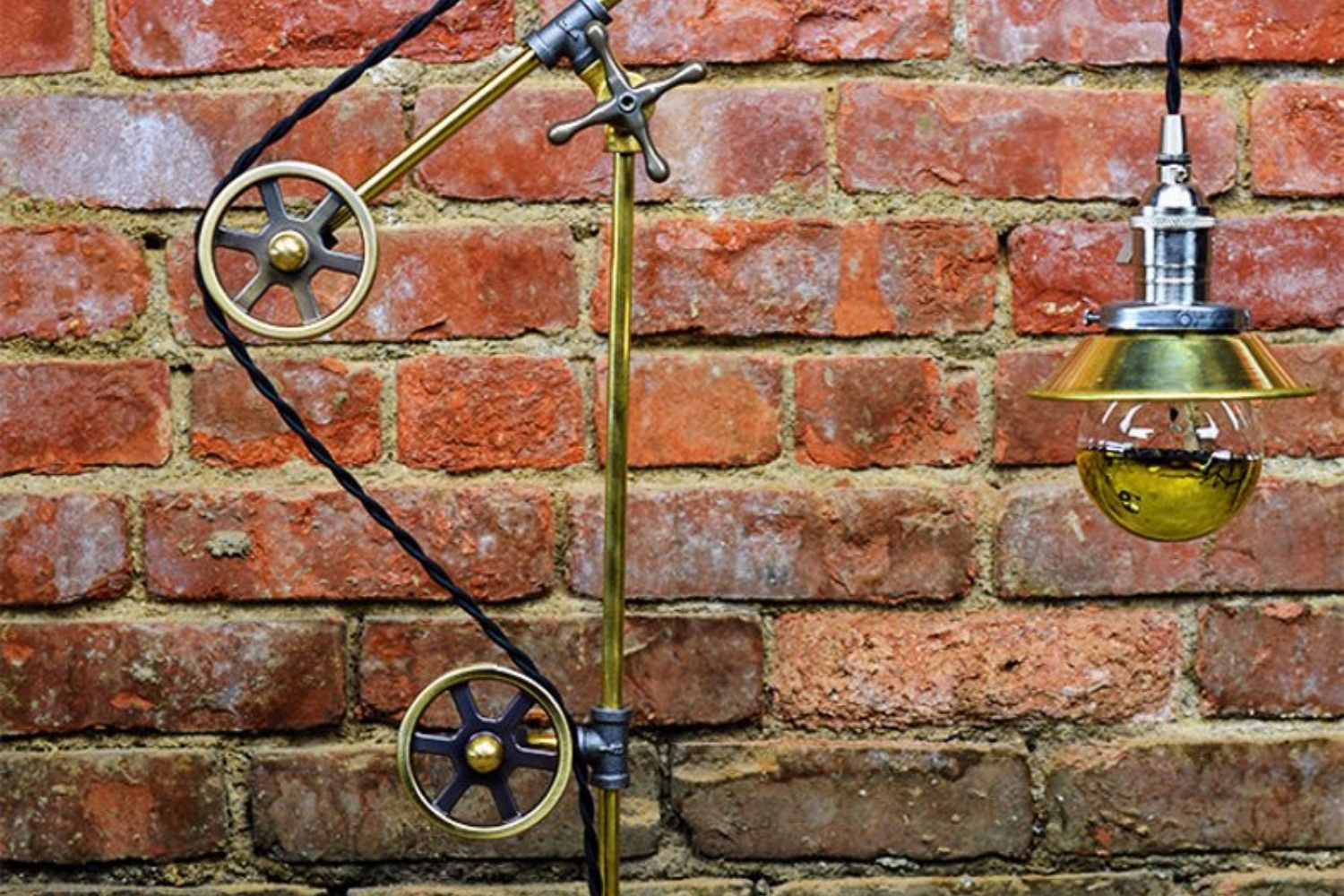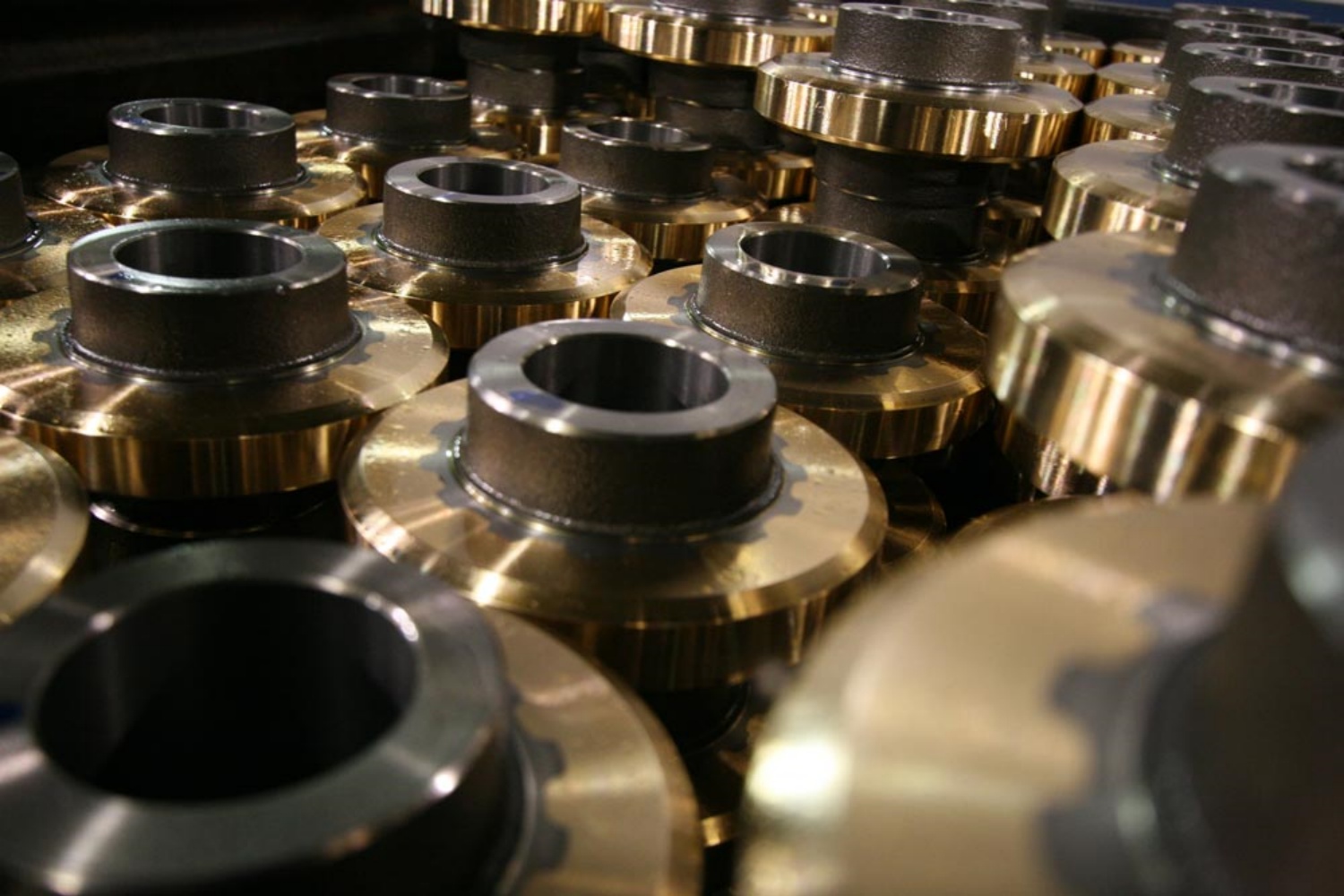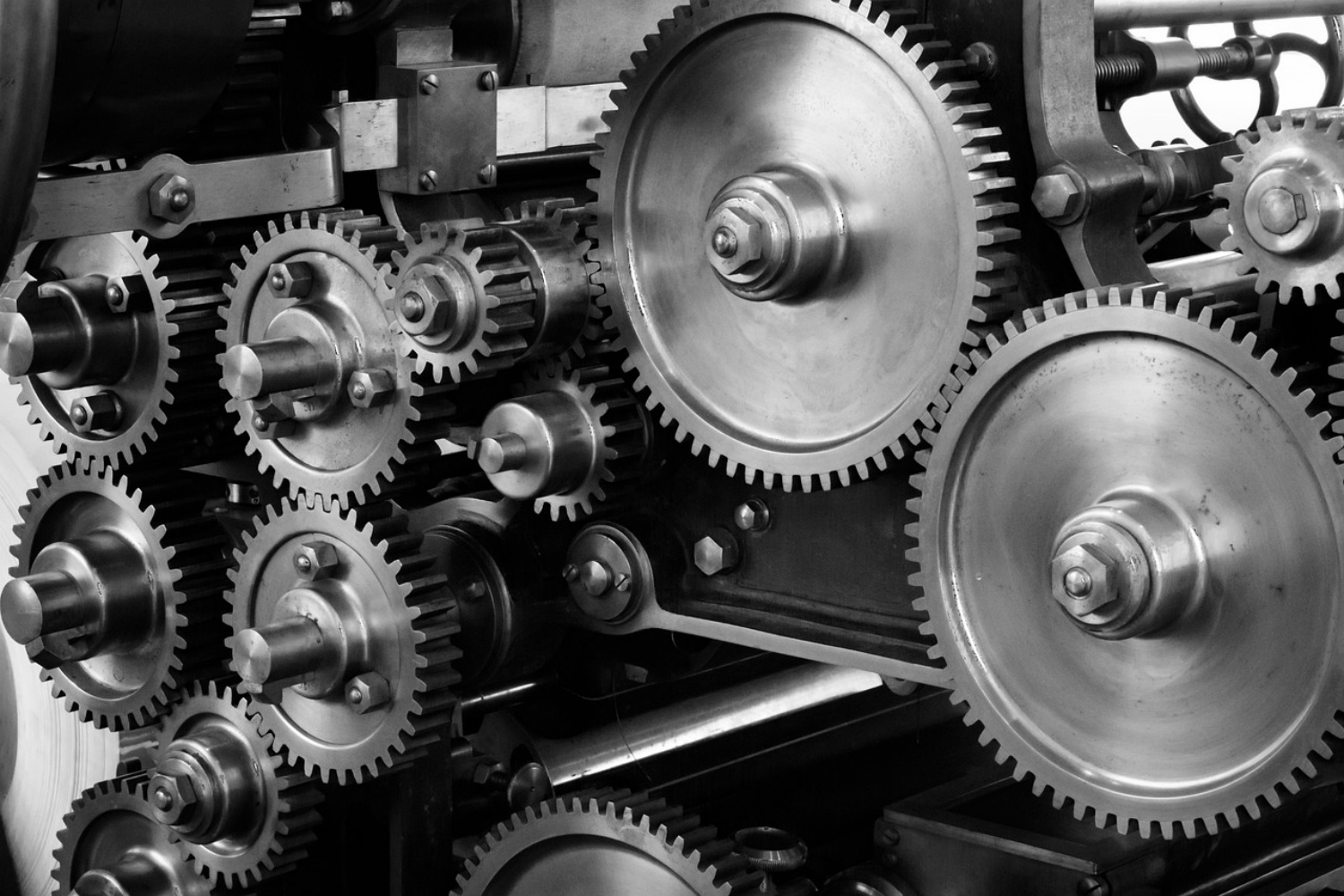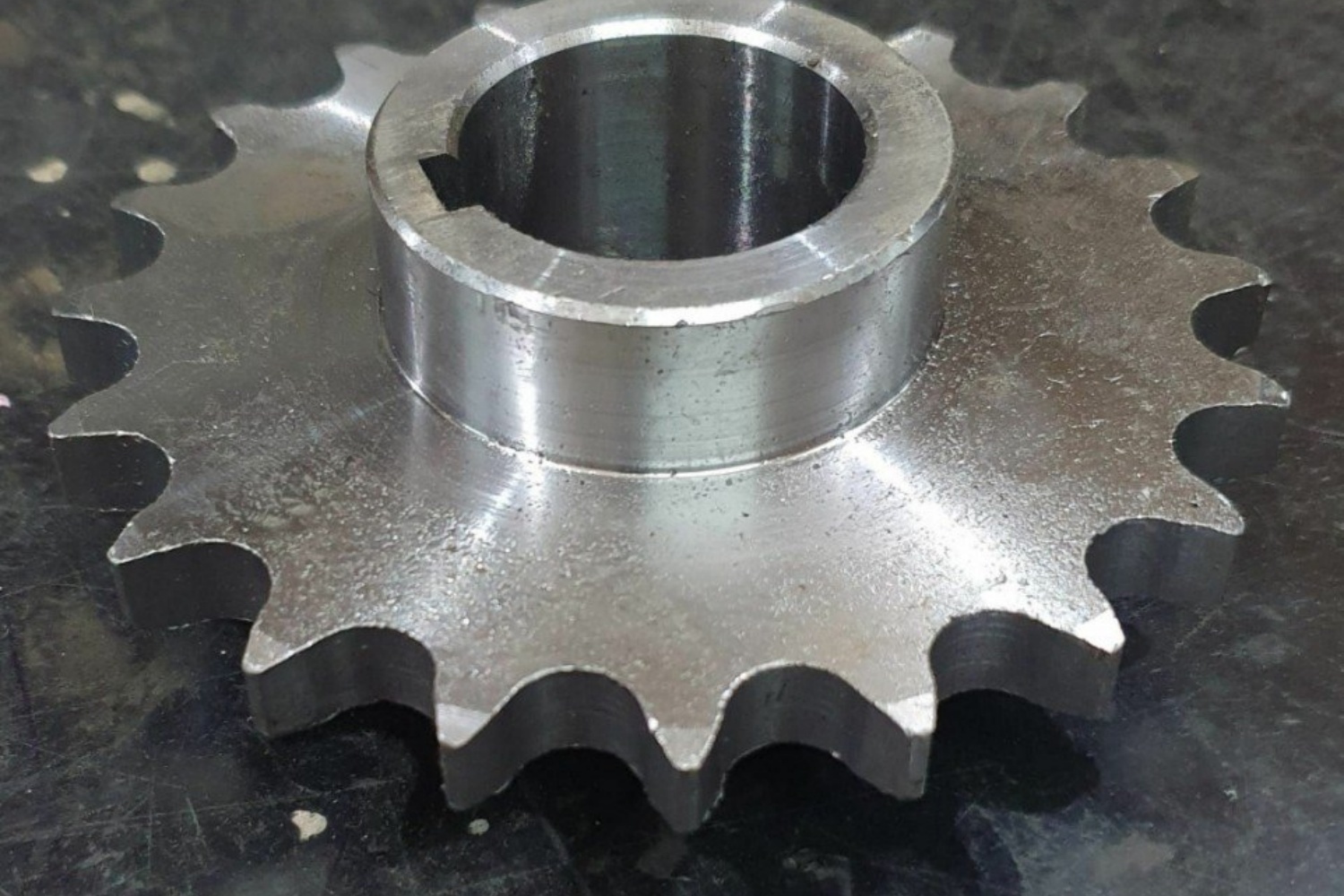In the realm of mechanical engineering and design, the terms “pulley” and “sheave” often surface, leading to a mix of interpretations and uses across various industries. While these components share similarities, their applications, especially when distinguishing between ordinary and industrial contexts, reveal nuanced differences that cater to specific mechanical needs. This exploration delves into the essence of ordinary pulleys and industrial pulleys, shedding light on their unique characteristics, applications, and the subtle distinctions that set them apart.
Understanding Pulleys and Sheaves
At the core, both pulleys and sheaves serve the purpose of redirecting force and facilitating the movement of a belt or rope. The primary distinction lies in their application and the context in which they are used. A pulley, in its most basic form, is a wheel on an axle or shaft designed to support the movement and change of direction of a taut cable or belt. The term “sheave” can be used interchangeably with “pulley” but is often reserved for instances involving a wheel with a groove along its edge, which guides a rope, cable, or belt.
Ordinary Pulleys: The Basics at Work
Ordinary pulleys are ubiquitous in both household and light industrial settings. These devices are integral to simple machines, aiding in tasks ranging from lifting heavy objects with minimal effort to altering the direction of applied forces. Ordinary pulleys find their place in everyday applications such as clotheslines, flagpoles, and small-scale hoisting devices. Their simplicity and versatility make them indispensable tools in enhancing mechanical advantage and efficiency in tasks that require manual force.
Industrial Pulleys: Engineered for Precision and Durability
Industrial pulleys, on the other hand, are designed to meet the rigorous demands of heavy-duty operations. These pulleys are often part of complex machinery and systems, including conveyors, cranes, and large-scale manufacturing equipment. Industrial pulleys are engineered for durability, capable of handling high loads and operating under harsh conditions without failure. They are often customized to fit specific applications, incorporating materials and designs that optimize performance, longevity, and safety.
Timing Pulleys: A Specialized Category
A specialized subset of industrial pulleys, timing pulleys, deserves mention. These pulleys are designed to synchronize movements within machinery, ensuring precise alignment and timing of mechanical components. Timing pulleys are critical in applications where accurate mechanical timing and positioning are paramount, such as in automotive engines and automated assembly lines. Their design typically involves teeth or notches that mesh with a timing belt, preventing slippage and maintaining consistent operational timing.
Choosing the Right Pulley for the Job
The selection between an ordinary pulley and an industrial pulley boils down to the specific requirements of the task at hand. Factors such as load capacity, operational environment, mechanical precision, and durability play crucial roles in determining the appropriate choice. For household and light-duty applications, ordinary pulleys offer a cost-effective and straightforward solution. In contrast, industrial applications demand the robustness, precision, and specialized features of industrial pulleys and timing pulleys.
While the terms “pulley” and “sheave” may be used interchangeably in some contexts, the distinction between ordinary and industrial pulleys highlights the importance of application-specific design and material selection in mechanical components. Whether for simple tasks around the home or complex industrial operations, understanding the nuances of these devices enables the selection of the most appropriate pulley type, ensuring efficiency, safety, and reliability in mechanical systems.
In navigating the world of mechanical components, the choice between an ordinary pulley and an industrial pulley is guided by the demands of the application, underscoring the significance of tailored engineering solutions in achieving optimal performance across a broad spectrum of mechanical tasks.
CONTINUE READING
Related Posts
In the ever-evolving world of industrial machinery, the quest for components that enhance performance, durability, and efficiency is relentless. Among […]
In the vast field of industrial machinery, the importance of specific components can sometimes be overshadowed by the complexities of […]
Agricultural machinery plays a vital role in modern farming, contributing to increased efficiency, productivity, and profitability. At the heart of […]






